Flower Superstitions That Will Change the Way You See Flowers
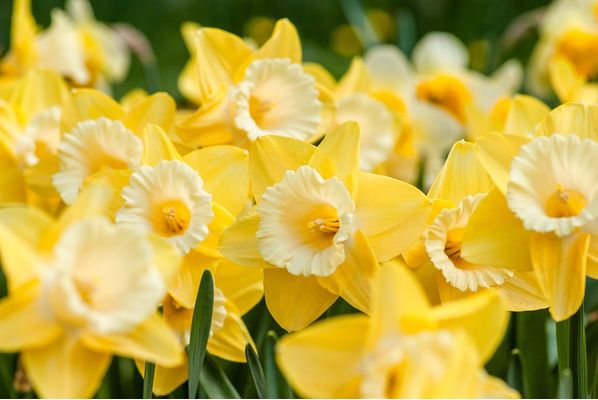
There are many interesting beliefs associated with flowers. Would you believe us if we told you some cultures consider even-numbered bouquets as bad luck? This is true for Russia, Ukraine, and other member countries of the Soviet Union. Arrangements with an even number of flowers are reserved for mourning and funerals.
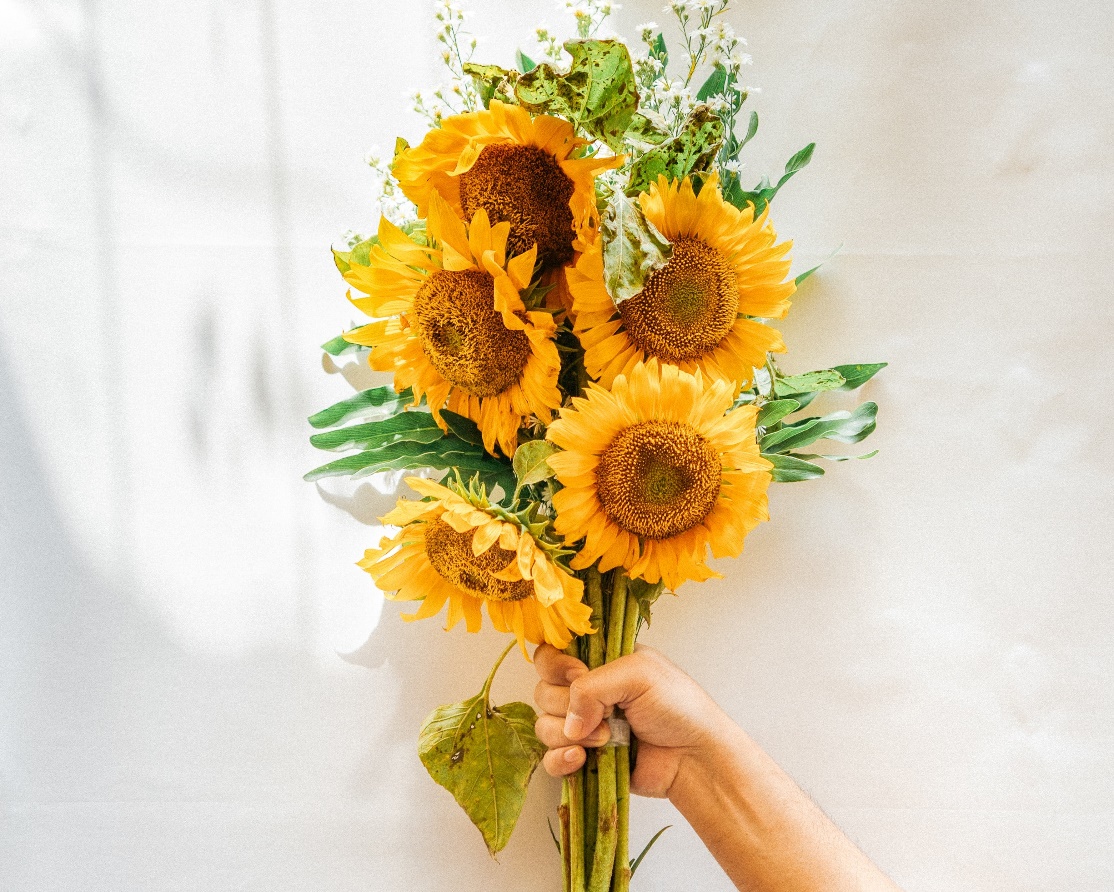
You’ll hear of many other flower-related traditions, beliefs, practices, and superstitions around the world. Some make sense, some not so much, and some are extra fascinating than the others. Let’s learn about an assortment of them and gain a better understanding of not just flowers but also of history and other cultures.
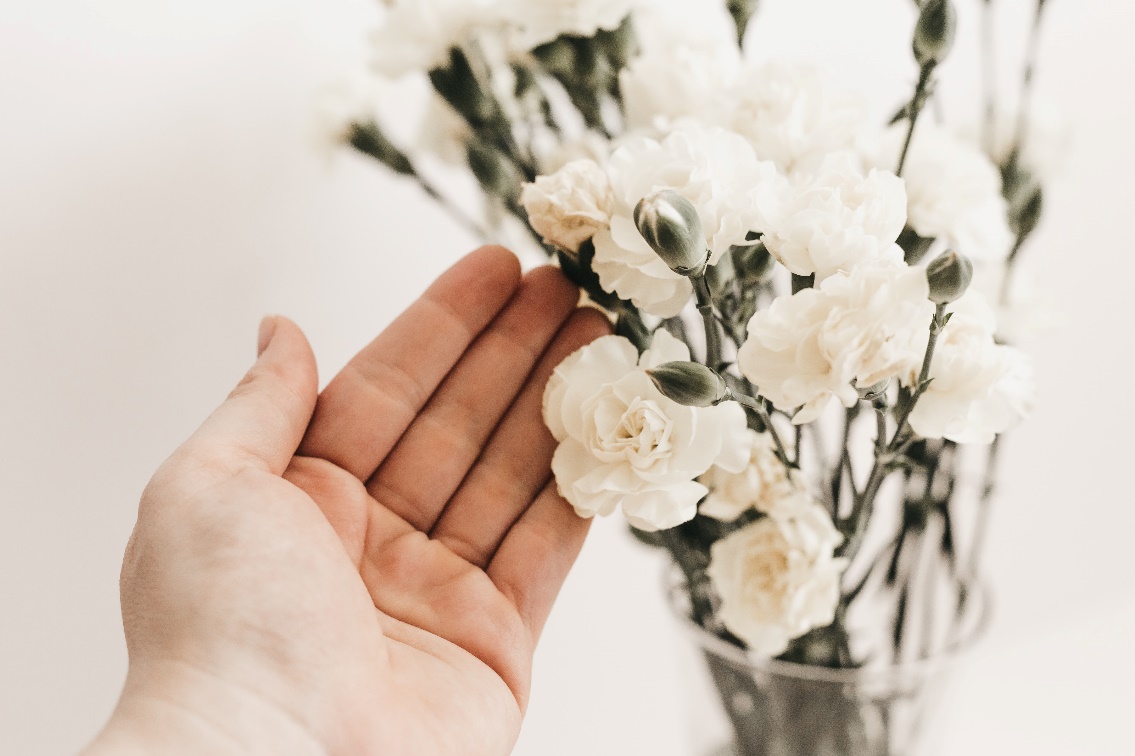
- In Russia, white carnations take away talent and good luck. If you intend to surprise a loved one with flowers after a performance on stage, consider giving a bouquet without white carnations. And for flower receivers, make sure you don’t throw away the bouquet just yet once they wilt. Keep them for a few days for flowers that fade in the house are said to bring good news.
- Also avoid white calla lilies for weddings as this flower, in Russian tradition, symbolize death which could mean the death of the newly-concluded marriage. Yellow roses are a no-no, too, for a romantic gift as it stands for unfaithfulness. Giving a bouquet of yellow roses to your romantic partner would lead to fights and eventual break-up.
- Tossing rose leaves into fire will bring good look.
- Never let a rose touch the floor or it will bring bad luck.
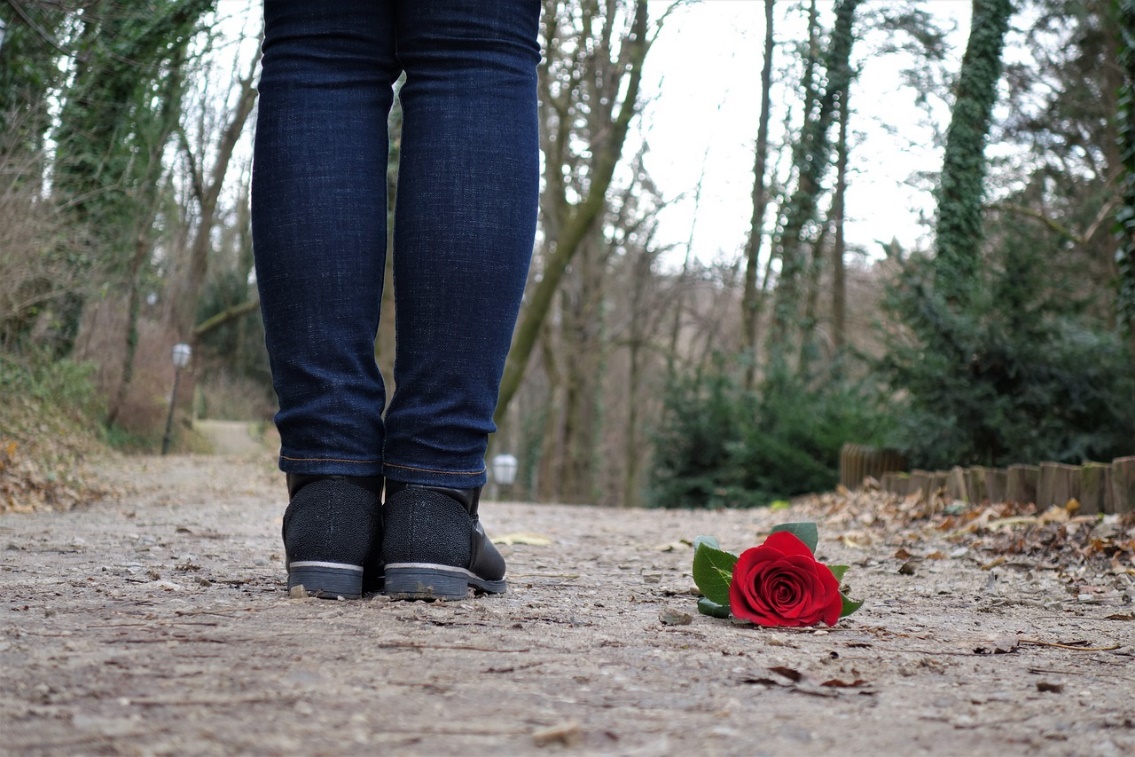
- Plant roses near graves to protect the deceased’s soul from evil.
- In certain parts of the British Isles, if you’re the first in your neighborhood who finds the first daffodil of spring, you will enjoy a prosperous year.
- String a garland of marigolds and display it on your doorstep to prevent evil and negativity from entering your home.
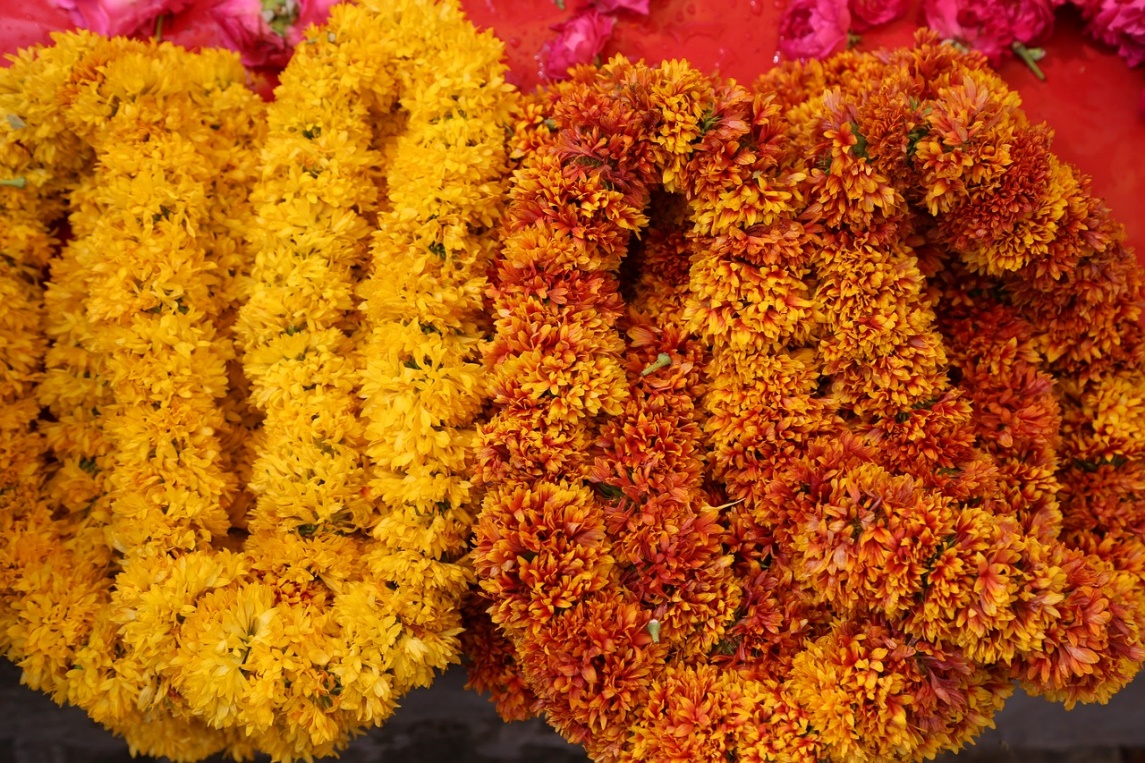
- Victorian superstition says not to display red and white flowers together as this will mean there will be a death soon. Red and white flower arrangements are not recommended, too, as get-well gifts as they are deemed unlucky because of the death/negativity that they represent.
- For hospital patients receiving get-well flowers, they should leave the hospital without the same floral ensemble they were given while sick. This could mean they might return to the hospital.
- In India, jasmines can be found in most households as it is seen as a flower that brings good luck and prosperity.
- In Scotland, never bring lilac or hawthorn into a house as it will bring bad luck or possibly death upon those who live there. Hawthorn is said to be a sacred tree of witchcraft and it has long been associated with fairies and the occult.
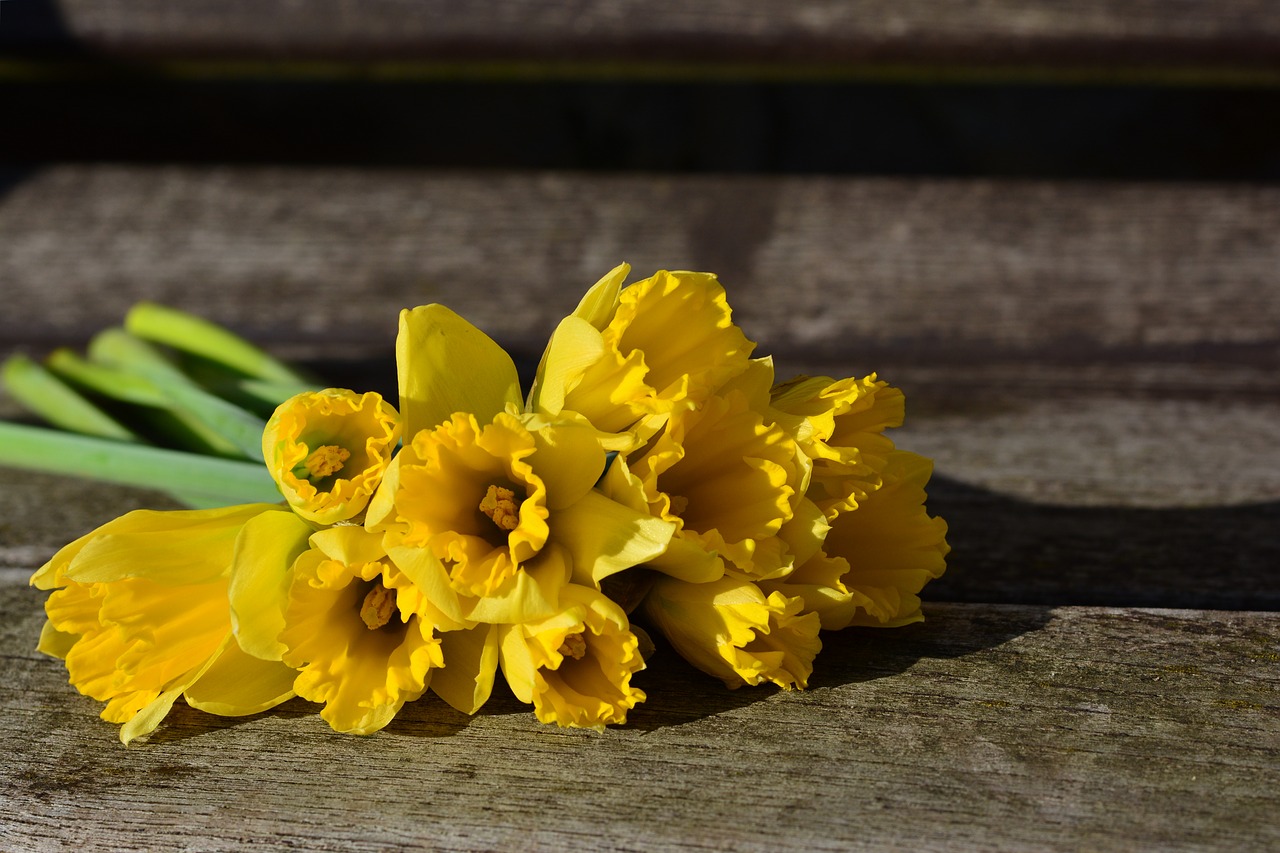
- Never give a single daffodil as it will draw ill-fortune. Make sure you give an entire bunch.
- Sunflowers are ideal for celebratory events like graduations and business openings. In Chinese culture, they’re thought to bring good luck and lasting happiness.
- It’s unlucky to walk through a mass of bluebells, pick them or bring them into the house. Bluebells were said to be full of spells.
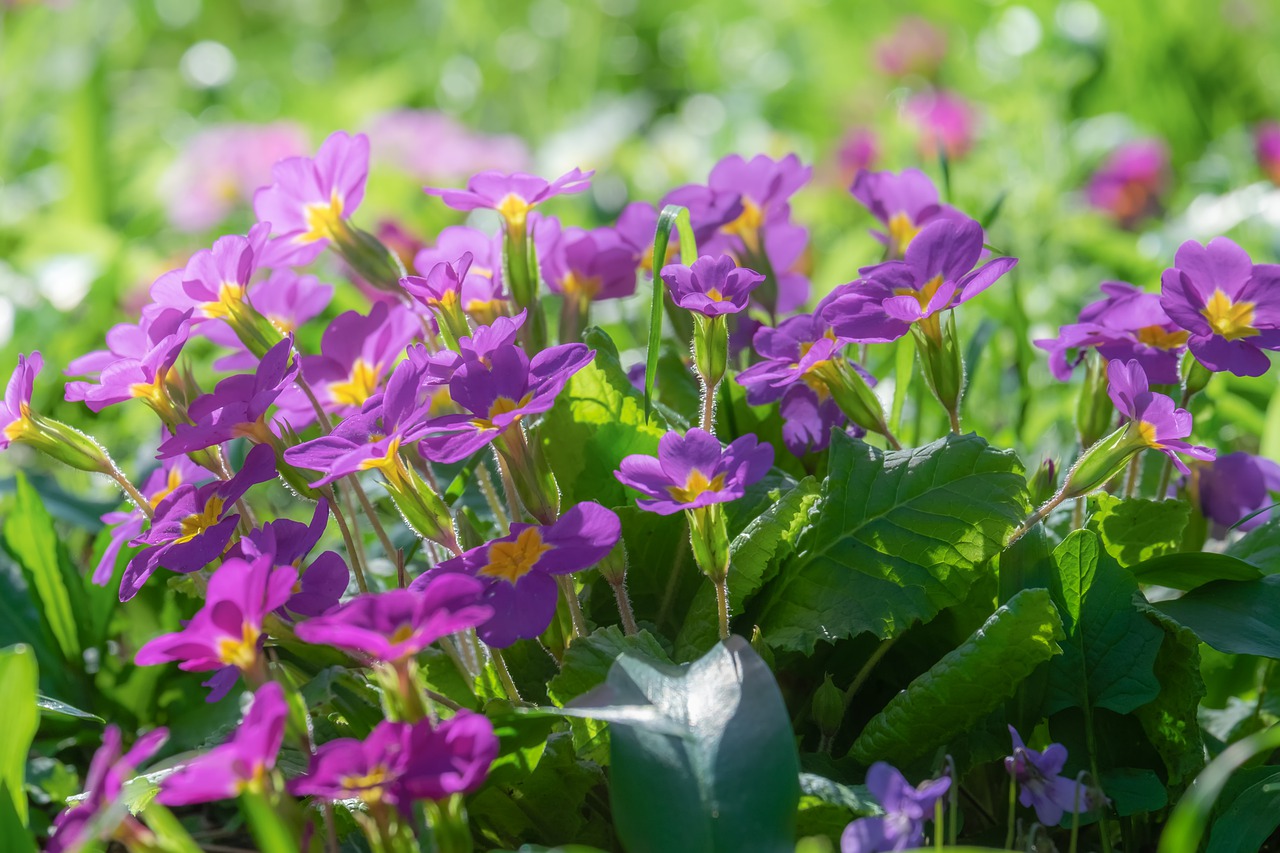
- In Irish folklore, primroses are placed on the doorstep to encourage the fairy folk to bless and protect the house and those who live in it. Primroses are also loved by fairies so if you grow them, make sure you don’t let them die or you will greatly offend them.
Indeed, there’s more to flowers than their beautiful appearance. They’re wonderful and magical creations of nature and their influence on people and the environment is simply amazing. Getting clued into how others see different types of flowers can help us make the most of this wonderful gift from nature. Equip yourself with deeper knowledge of flower symbolism to make your floral gift more exceptional and meaningful.
Flowers might be universal symbols of beauty and affection, but as these fascinating beliefs reveal, there’s more to them than meets the eye. In Russia and Ukraine, for instance, gifting an even number of blooms is reserved for mourning—doing so for happier occasions is said to bring bad luck. Across the British Isles, spotting that first spring daffodil is a promise of prosperity, while in Victorian tradition, pairing red and white flowers portends sorrow. Cultures in India, China, and elsewhere have their own floral customs, ranging from good-luck charms to fairy-favoured blossoms.
What do all these customs share in common? They remind us that flowers are woven into human history, shaped by folklore, faith, and everyday life. At Lily’s Florist, we love seeing how these traditions enrich the meaning behind every bouquet. A simple daffodil might speak to hopeful beginnings in one part of the world, while a bunch of sunflowers can symbolise lasting happiness in another. Whether these superstitions make complete sense—or feel more whimsical than logical—they prove that flowers are more than just pretty petals; they’re windows into the beliefs and stories we carry from generation to generation.
If you’re sending blooms across cultural lines (or just want to wow a loved one with a well-researched gift), it helps to delve into these time-honoured customs. Equipping yourself with a bit of floral folklore can guide you toward meaningful choices—like avoiding white carnations in certain performances in Russia or steering clear of single daffodils in the UK. Such details may seem small, but they can spark joy and appreciation in someone who recognises and values these traditions.
Ultimately, exploring floral superstitions from around the world highlights one key truth: Flowers can connect us, move us, and even protect us—if the stories are to be believed! So the next time you select a bouquet, remember you’re not just handing over a lovely bunch of blooms; you’re sharing a little piece of history, myth, and cultural expression along the way.
FAQ
-
Why is it considered bad luck to give even-numbered bouquets in Russia, Ukraine, and other surrounding countries?
A1: In these cultures, bouquets with an even number of flowers are typically associated with mourning and funerals, hence giving such bouquets outside of these contexts is considered bad luck.
-
What is the significance of white carnations in Russia and what should one do when they wilt?
A2: White carnations in Russia are believed to take away talent and good luck. However, when flowers wilt, they should be kept for a few days as this is thought to bring good news.
-
Why should one avoid giving yellow roses as a romantic gift in Russia?
A3: Yellow roses in Russian tradition symbolize unfaithfulness. It's believed that giving a bouquet of yellow roses to a romantic partner may lead to disagreements and possibly a break-up.
-
What does finding the first daffodil of spring signify in some parts of the British Isles?
A4: In certain parts of the British Isles, it's believed that the person who finds the first daffodil of spring will enjoy a prosperous year.
-
According to Victorian superstition, what does the combination of red and white flowers represent?
A5: Victorian superstition suggests that displaying red and white flowers together indicates that there will be a death soon. As such, they're deemed unlucky, especially as get-well gifts for hospital patients.
-
What's the significance of sunflowers in Chinese culture?
A6: Sunflowers are thought to bring good luck and lasting happiness in Chinese culture, hence they are commonly used for celebratory events like graduations and business openings.
-
What is the superstition around single daffodils?
A7: It's considered unlucky to give a single daffodil as it is believed to draw ill-fortune. It's recommended to give an entire bunch instead.
-
What's the folklore around bluebells?
A8: Bluebells are believed to be full of spells. It's considered unlucky to walk through a mass of bluebells, pick them, or bring them into the house.
-
What role do primroses play in Irish folklore?
A9: Primroses are associated with fairies in Irish folklore. They're placed on the doorstep to invite the fairy folk to bless and protect the house and its inhabitants. However, it's also believed that if you grow them, you mustn't let them die or you will greatly offend the fairies.
-
What is the superstition around lilac and hawthorn in Scotland?
A10: It's considered bad luck to bring lilac or hawthorn into a house in Scotland as it's believed this could bring misfortune or possibly death upon those who live there. Hawthorn, in particular, is regarded as a sacred tree of witchcraft and has long been associated with fairies and the occult.
Blog Categories
Recent posts
- When You’re in Charlotte and They’re in Boone: An Honest Guide to Watauga Medical Center Flower Delivery
- The Alvin TX Bouquet: Why Lilac Surprise Dominates 1 in 3 Orders
- 3 Must Have Plants For Loved Ones In Danville
- What Are Our Most Searched Flowers State by State
- What Is It About New Yorkers Love Of Flowers?
- 4 Flowers You’ll Want to Grow in Your Small Garden
